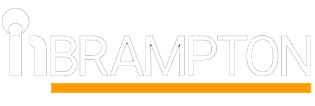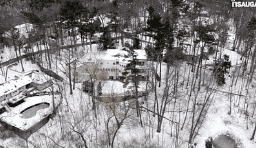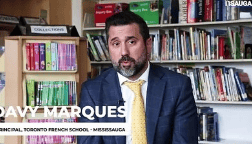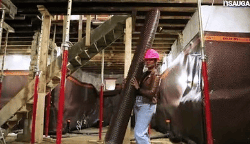Here’s exactly what to expect when schools reopen in Brampton
Published July 31, 2020 at 8:25 pm
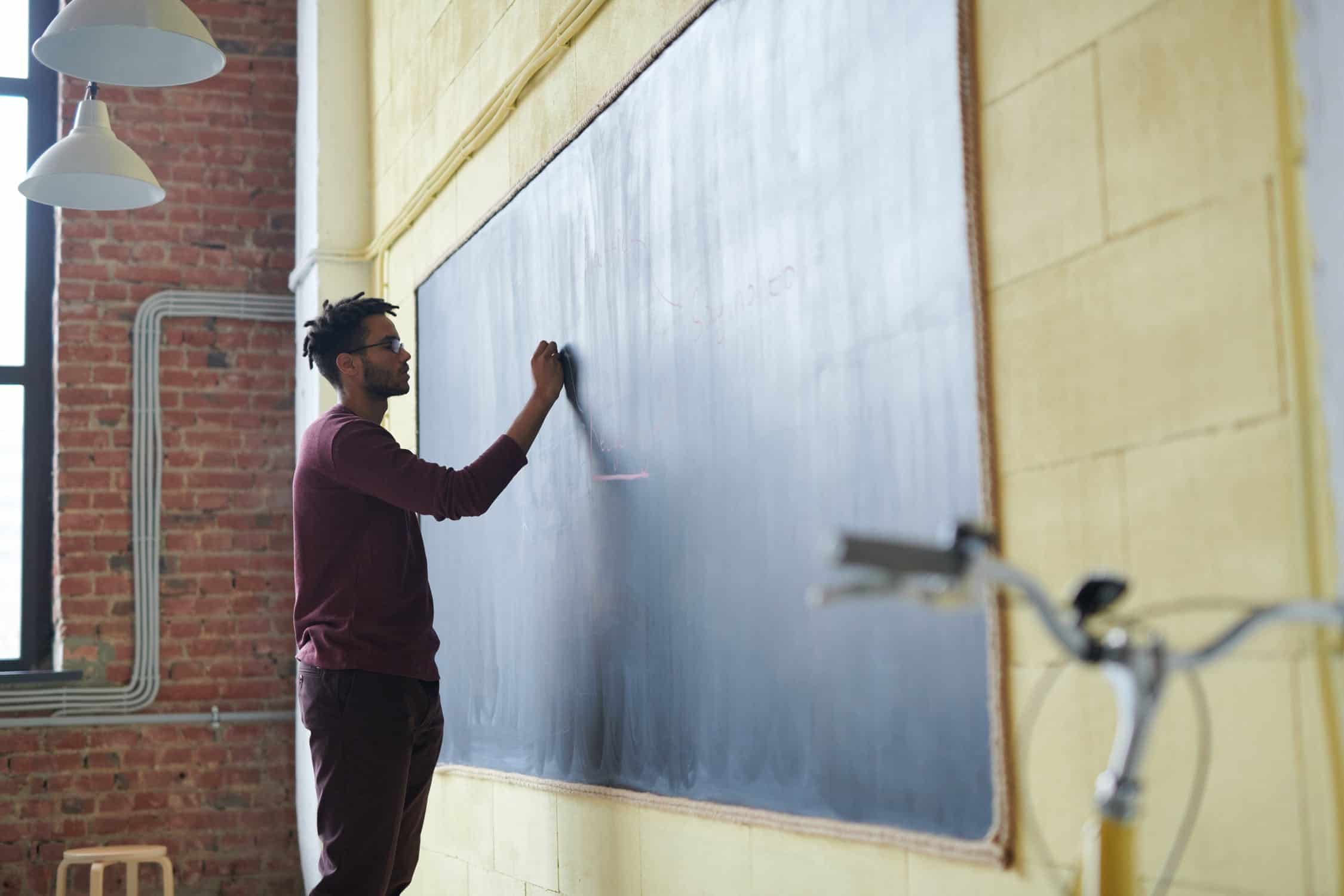
On July 30, the province announced that schools will be reopening in the fall, with elementary students going back full-time and some secondary students–including those in Brampton, Mississauga an
On July 30, the province announced that schools will be reopening in the fall, with elementary students going back full-time and some secondary students–including those in Brampton, Mississauga and Caledon–going back on a part-time basis.
In Peel, elementary students (Kindergarten to Grade 8) will attend school in-person five days per week. Students will remain in one cohort group to limit interactions with other students, including during lunch and recess.
Secondary students (Grade 9 to 12), on the other hand, will receive a mix of in-person and distance learning instruction, with 50 per cent of their learning taking place in the classroom. They will attend school on an adapted schedule, with class cohorts of up to 15 students attending on alternate days or with alternate schedules.
High school students with special needs who cannot work from home will be allowed to attend in-person classes daily.
Families can choose full-time distance learning for their children if they do not wish to send them back to class. They will receive an email from the board in the coming weeks that will walk them through the process.
In a letter to families, the Peel District School Board (PDSB) says that over the next week or so, it will review its reopening plans to ensure they align with the province’s announcement.
The board says all reopening plans will include enhanced health and safety protocols based on recommendations from public health agencies. The plans will be shared with staff, students and families in mid-August.
The plans will be made available at www.peelschools.org/reopening and will include detailed information on:
- enhanced health and safety measures, including screening and self-assessment, hand hygiene, Personal Protective Equipment (PPE) such as masks, cohorting (i.e. grouping students and staff), physical distancing, sharing of classroom materials and room set-up
- protocols for cleaning high-touch surfaces, student classrooms/portables, washrooms, equipment, etc., as well as cleaning between cohort use in secondary
- mental health supports and resources
- in-class and distance learning expectations, including subject-specific considerations
- assessment, evaluation and reporting
- supports for students with Special Education needs and the impact on programming, including the use of sensory equipment, Plans of Care and working with community partners
- arrival/departure, entry/exit and Main Office protocols
- lunch and nutrition breaks
- extracurricular activities and field trips
- mental health supports and resources
- technology supports
- transportation, including loading/unloading protocols, vehicle cleaning and route planning
- full-time, before- and after-school child care
- Adult and Continuing Education, including, but not limited to, impacts on credit/pre-credit programs, Night School, International Languages, alternative programs, Co-Operative Education, Dual Credit and Specialist High Skills Major programs
The board says that students in Kindergarten through to Grade 3 will be encouraged, but not required, to wear masks in indoor spaces. Students in Grade 4 to 12 will be required to wear non-medical or cloth masks while indoors in school, including in hallways and during classes.
The board also says that all school-based staff will be required to wear masks. Medical masks and eye protection, such as face shields, will be provided for all teachers and other school board staff. School-based staff who are regularly in close contact with students will be provided with all appropriate personal protective equipment.
The board says reasonable exceptions on the requirement to wear masks will apply to both students and staff members.
Other enhanced safety measures will include:
- enhanced cleaning
- protocols for screening and self-assessment
- isolation protocols if students or staff present with symptoms at school
- increased hand hygiene – Hand sanitizer will be available at all school entrances and in every classroom, including in gymnasiums. Before entering the school, students, staff and all visitors must wash or sanitize their hands.
- cohorting (grouping students and staff to limit and track interactions)
- physical distancing measures (e.g. revised room set-up, limited sharing of classroom materials)
- additional health and safety training provided for educators, as well as occasional and support staff
The province is also working with public health officials to ensure public health nurses will be able to provide any assistance necessary.
What will students’ schedules/timetables look like?
Elementary – in-person option
Elementary students whose families choose the in-person option will return to full-time, in-person learning at school, and will attend every day.
Elementary – distance learning option
Elementary students who sign up for the distance learning option will be engaged in remote learning from home.
Secondary – in-person option
Students will attend in person on alternate days/weeks and participate in distance learning when not physically attending.
Within each classroom, cohorts will be limited to approximately 15 students to reduce the number of interactions with different individuals. All secondary schools will follow a quadmester model.
The board says that rather than rotating through five periods through the school day, students will focus on two courses over a quadmester. Two quadmesters make up a traditional semester, resulting in four quadmesters total in a school year.
Student schedules and cohort details will be provided by Aug. 28, 2020. The board says that given the ever-evolving nature of the COVID-19 pandemic, timelines may change.

Secondary – distance learning option
Secondary students who sign up for the distance learning option will be engaged in remote learning from home.
“We understand that during these unprecedented times, many of you will have questions about what the reopening of schools will look like,” Jaspal Gill, Interim Director of Education and Bruce Rodrigues, Peel District School Board Supervisor, said in the letter.
“We are committed to provide updates to you as soon as possible, while still ensuring we are carefully following direction from the Ministry of Education, Peel Public Health and other public health agencies. As we work towards reopening, we will prioritize the safety, health and well-being of staff and students. Thank you for your ongoing patience and understanding as we carefully plan for reopening, working within government direction and public health recommendations.”
insauga's Editorial Standards and Policies advertising